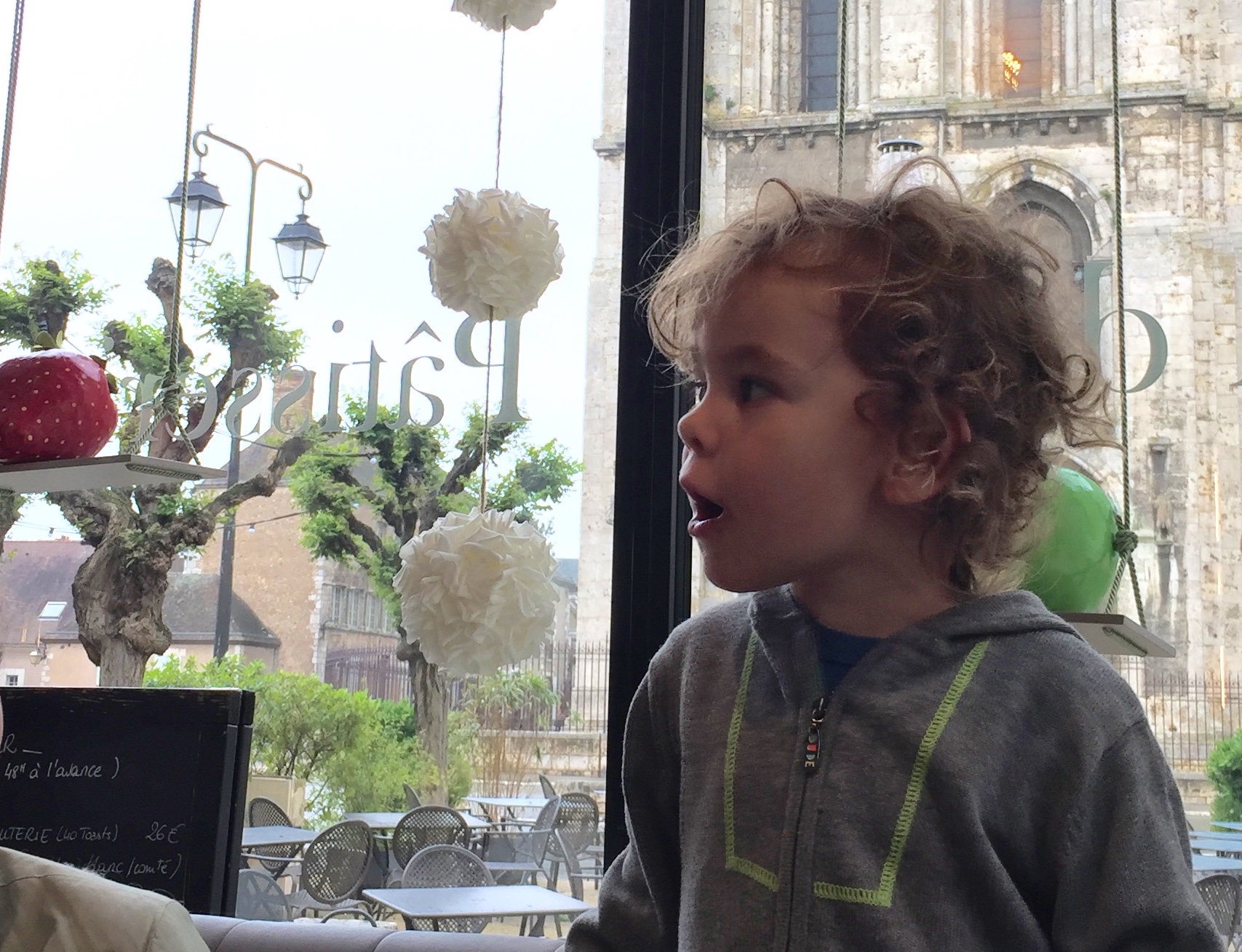How do we work with sharing the light with others?
The Wish to Prolong Presence
The human machine is a wonderful invention. It is a machine that can produce consciousness. That consciousness has degrees. It can be closer or further away from what Gurdjieff and Ouspensky called the second state, or day-dream state. Some higher experiences of consciousness are so separate from functions that we feel we have tapped into another level of existence. We cannot claim that this is “our” presence. It is simply “presence” that we somehow experience, with awe. We wish to do anything possible to make it last.
During this experience, we can actually act from the third state or from presence. These moments are very short, but schools have developed ways to strengthen and prolong them once they occur. Ouspensky suggested considering the duration, frequency, and depth of the state. Tools to deepen the state include taking in impressions and transforming suffering and shocks, depending on the circumstances.
Sharing the Light — Friends with a Common Aim
One of the strongest tools for prolonging presence is sharing presence with friends who have the same aim to awaken. First and foremost this is due to the sheer joy of the experience and the wish to share this joy with others who appreciate it. Friends in the work will also gently photograph us for slipping into imagination, helping us prolong a higher state as long as possible. Sometimes just looking into a friend’s eyes can remind us of our aim to be present.

Moreover, collectively, a few stewards together are exponentially stronger than an individual steward when it comes to dealing with the lower self. In the presence of friends sharing the light, each individual lower self is significantly weaker. The reason is that the lower self’s unconscious activity mostly occurs in the dark. This is where it sends its baits of imagination. This is where negative emotions creep in, catching the steward off guard.
Efforts to be present on one’s own–the first line of work as Ouspensky called it–is most at risk when one forgets one’s aim. The light typically wavers in the darkness. Two or more friends trying to support each other, sharing the aim to be present, increases the chances for all. This is the second line of work. A school environment can stimulate the light by creating additional third force. The light of a few together is much stronger and more stable. So by sharing the light we increase our chances of keeping the light on.
See more articles from FourthWayToday.org here.
